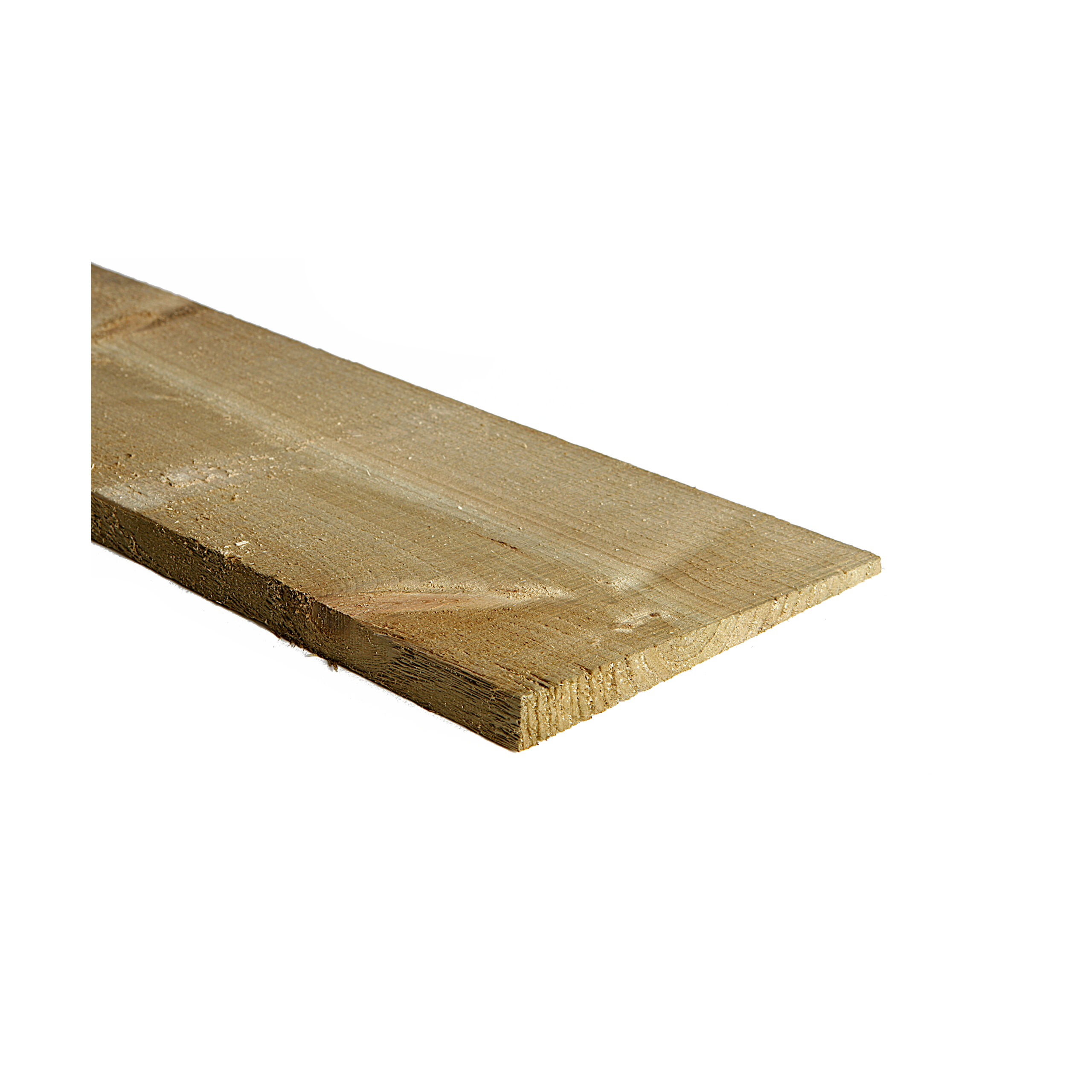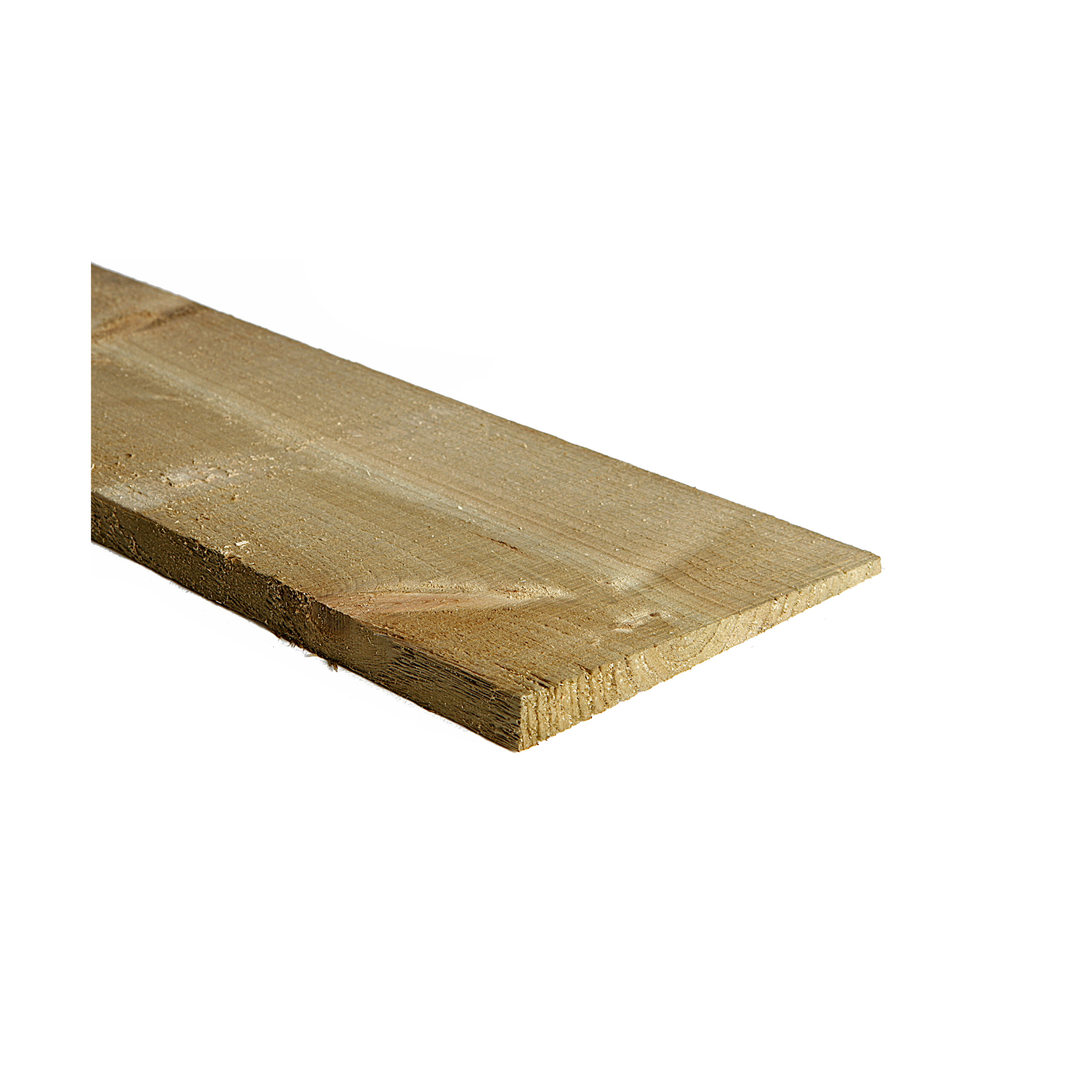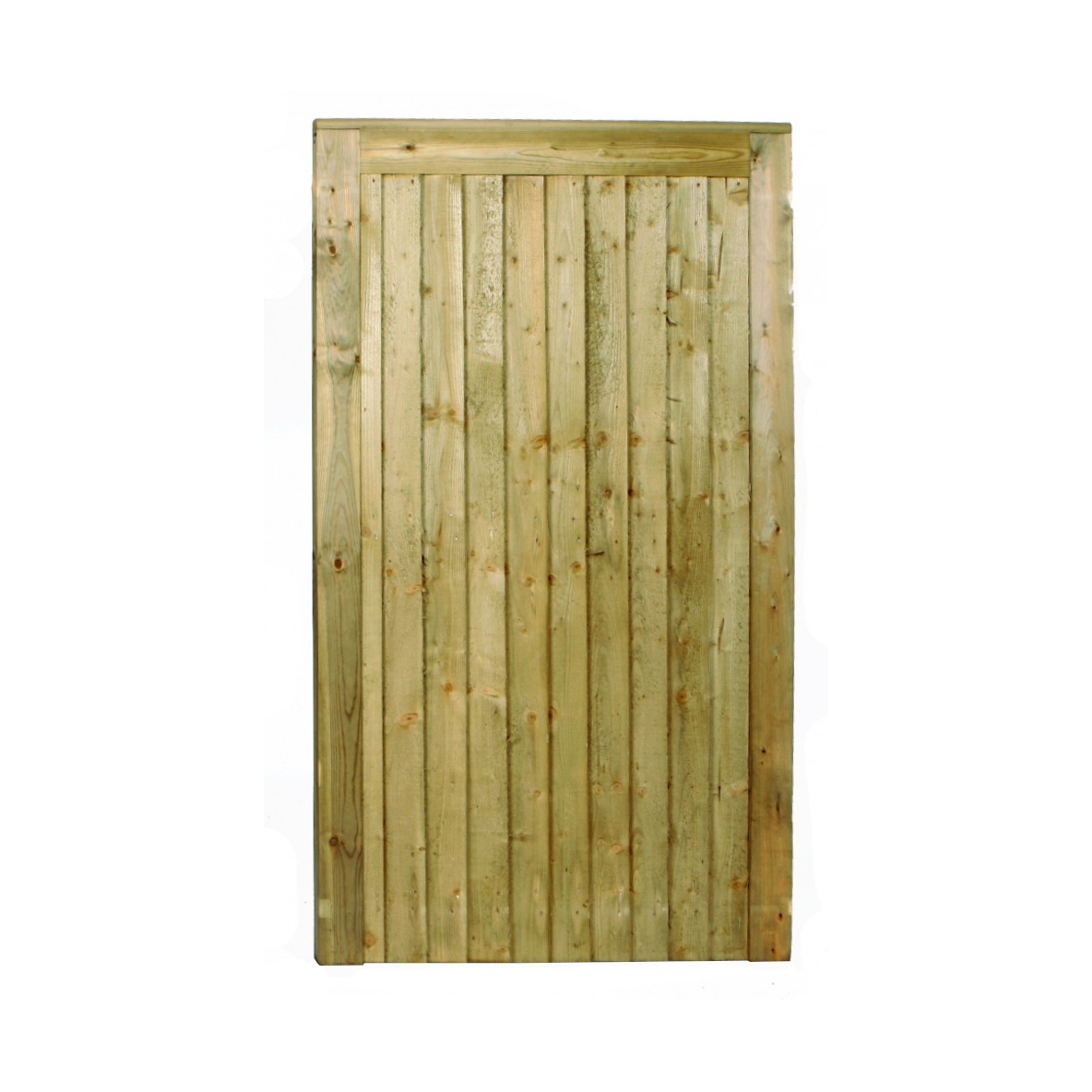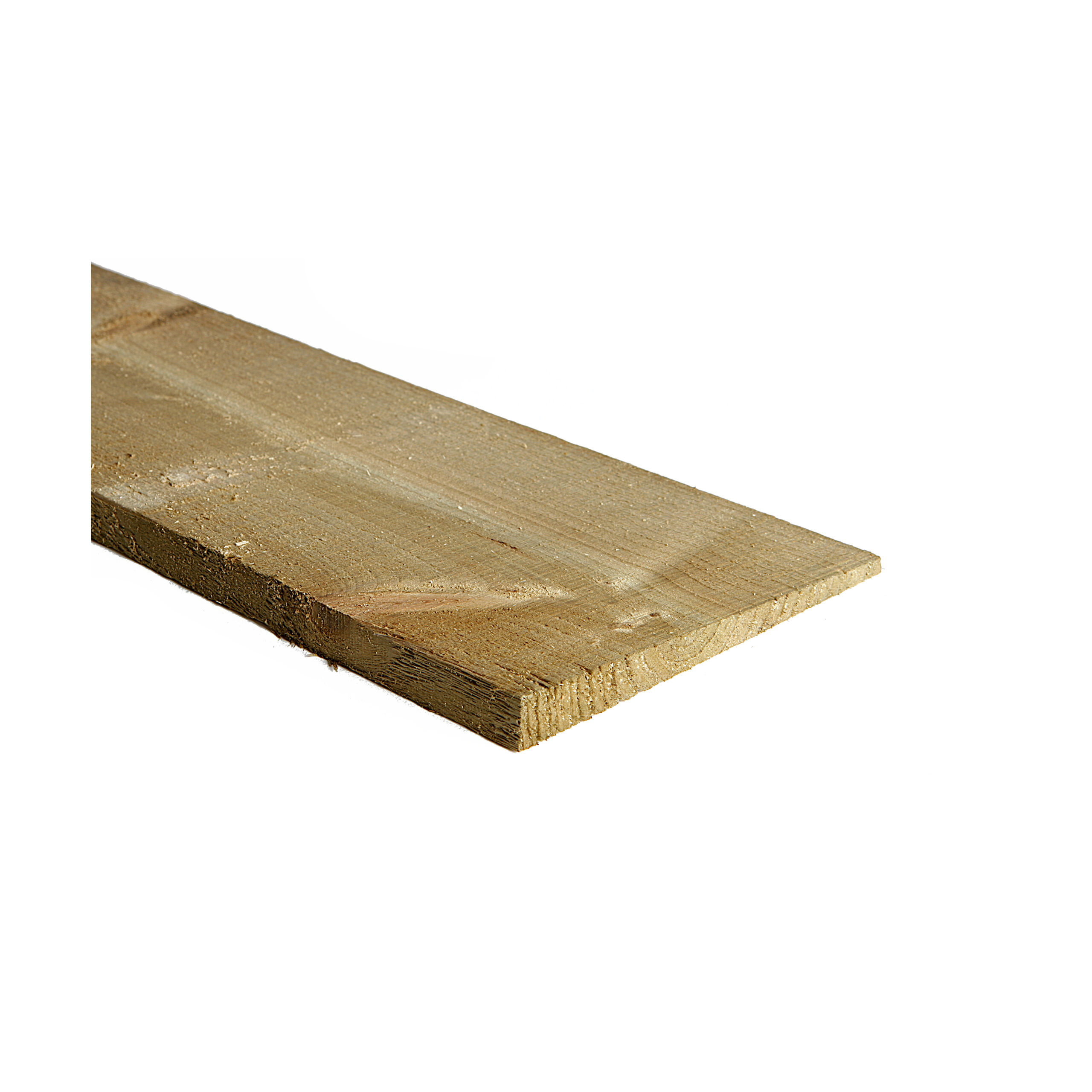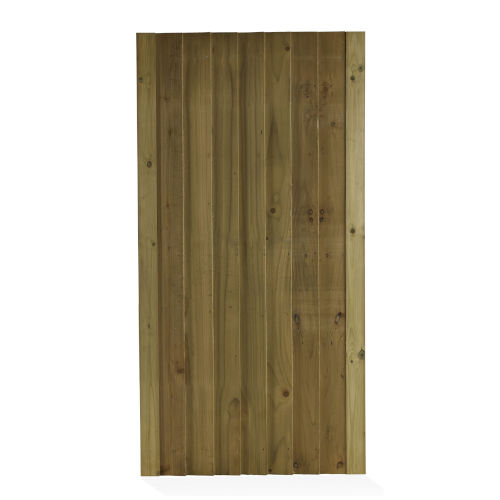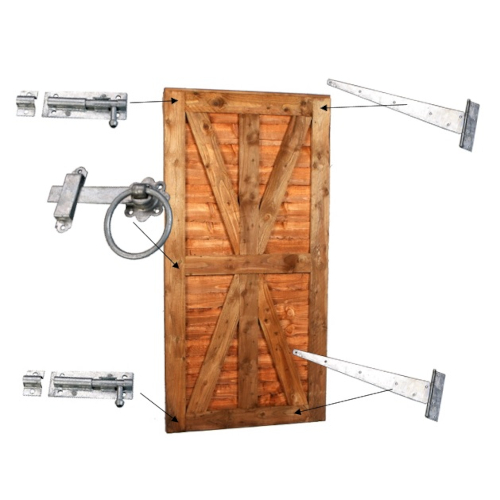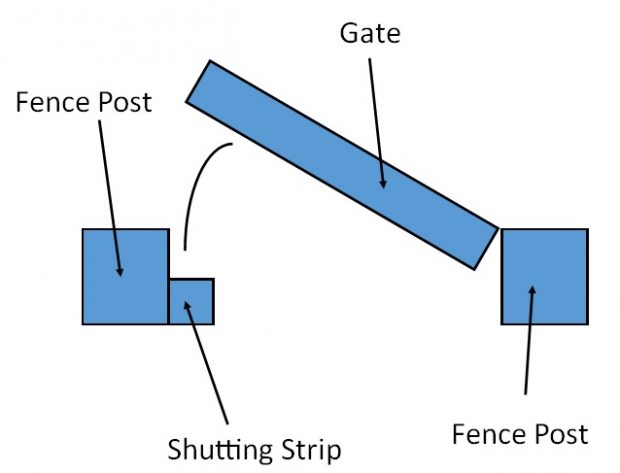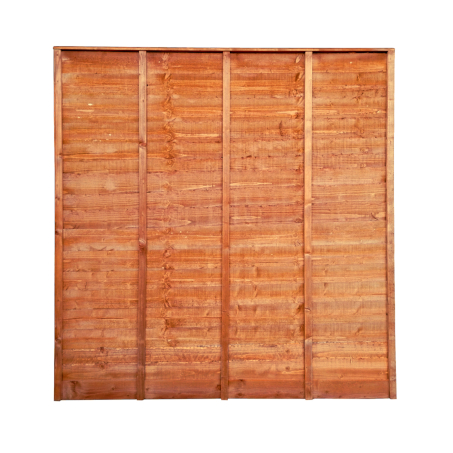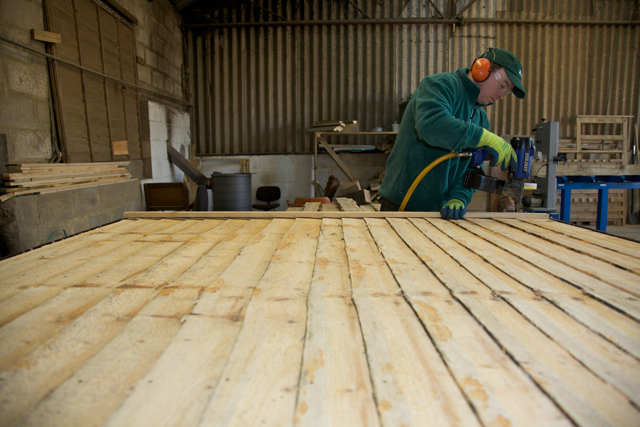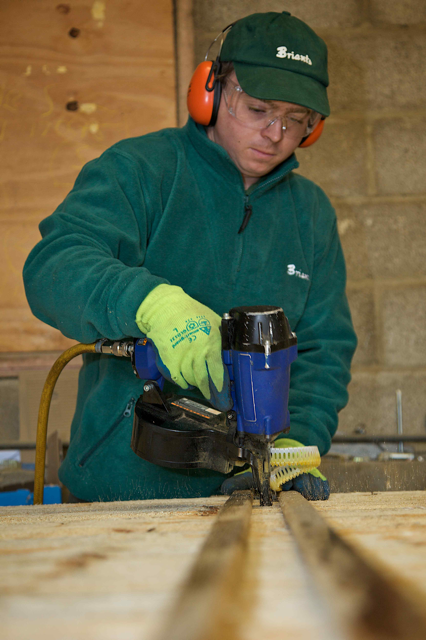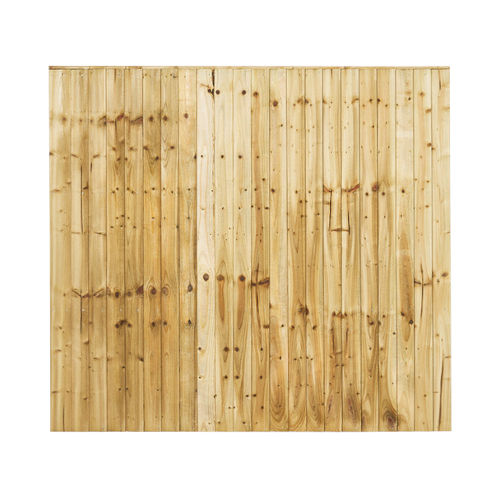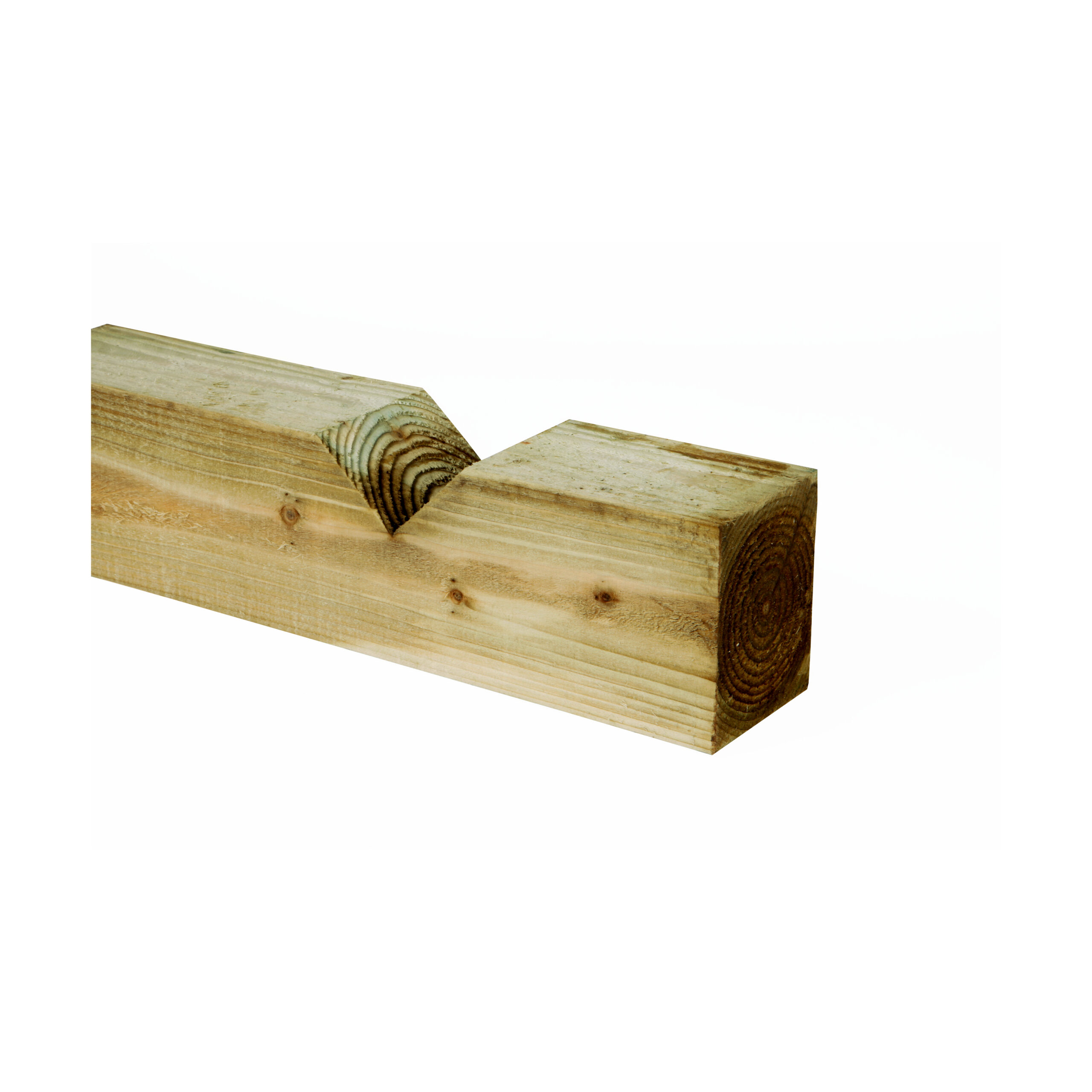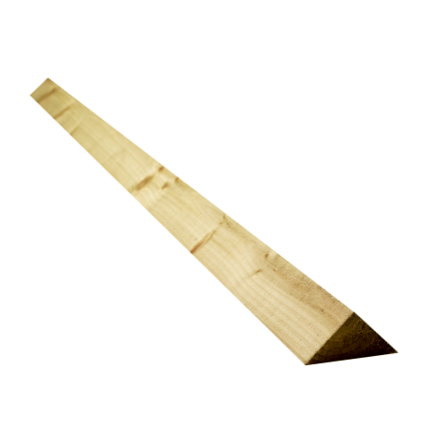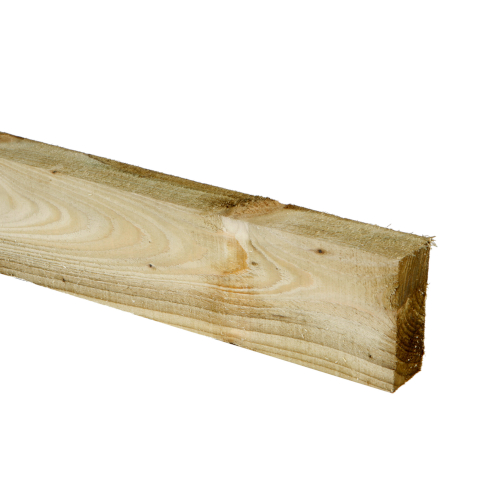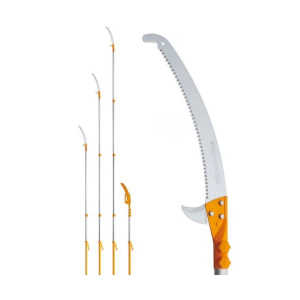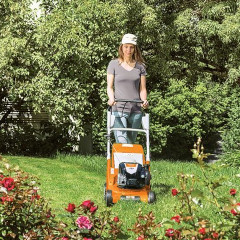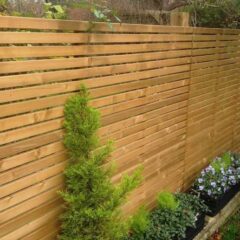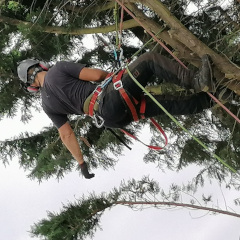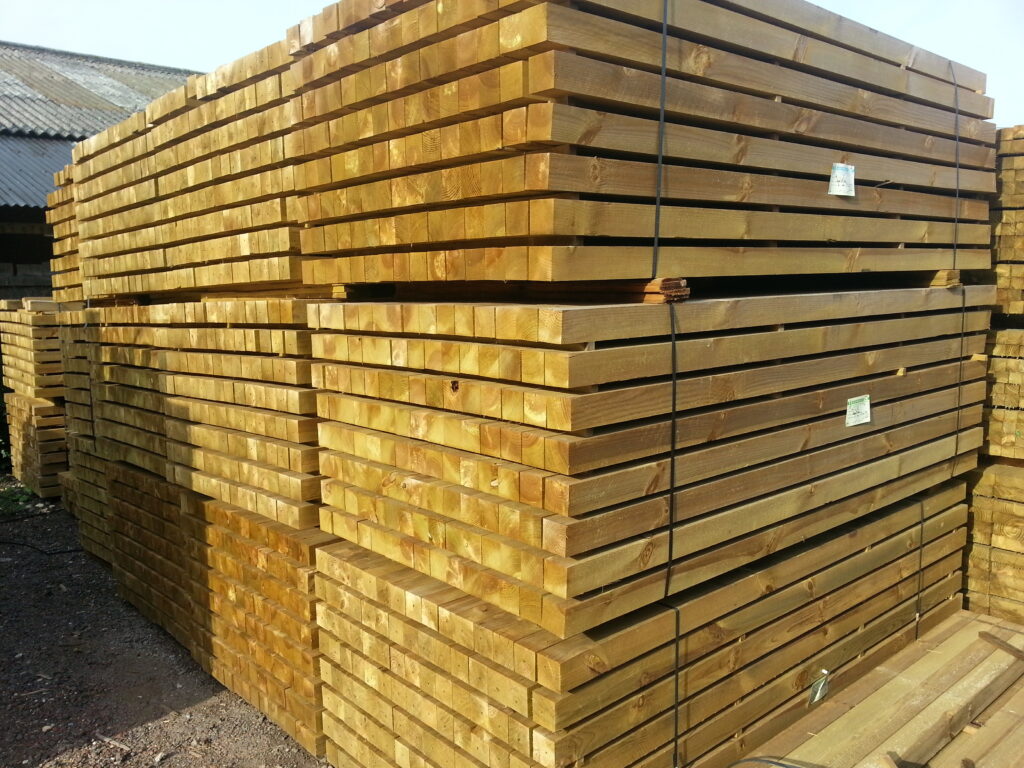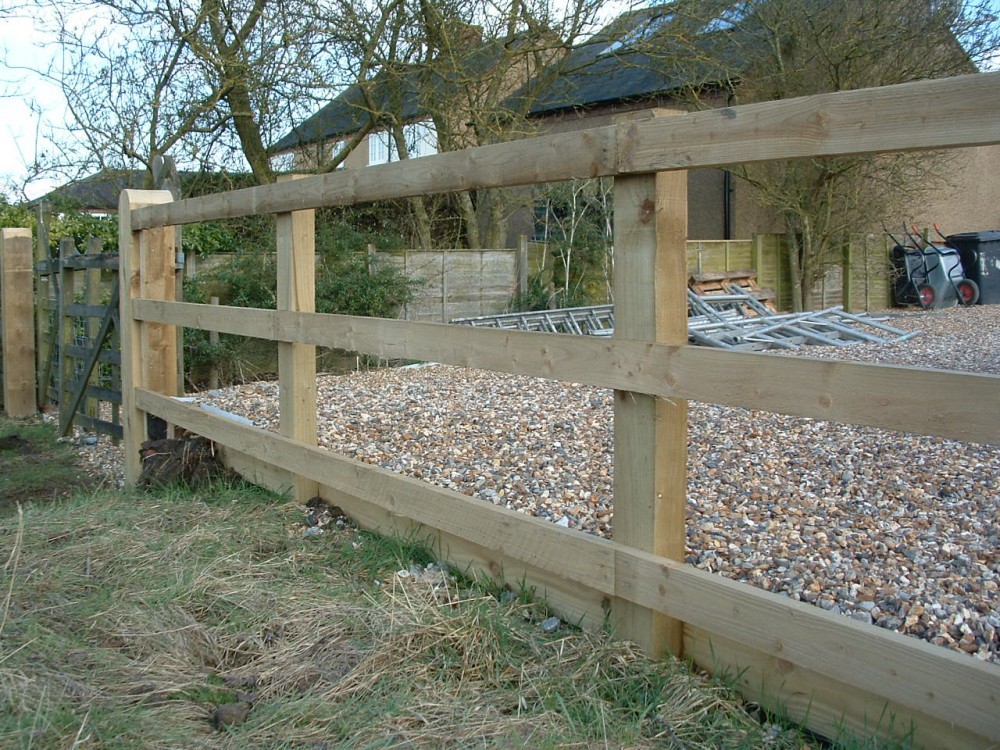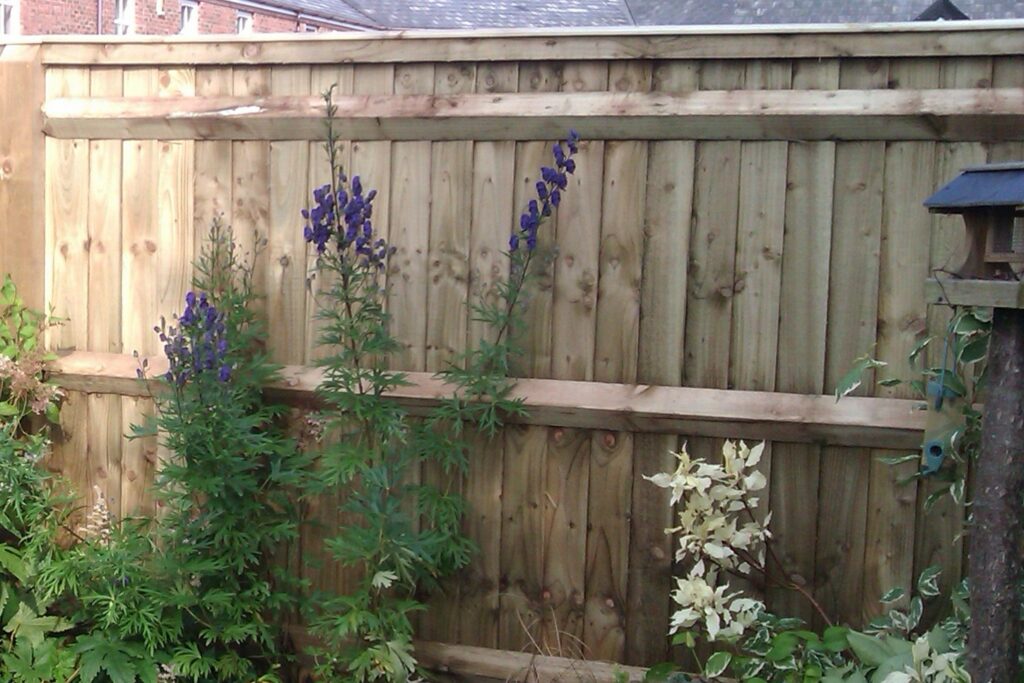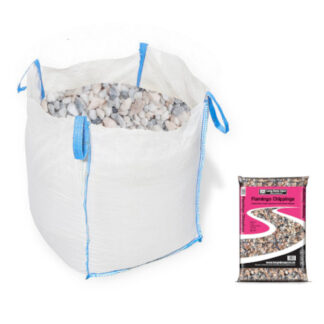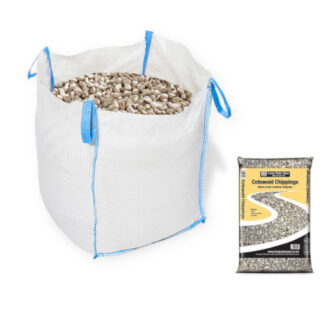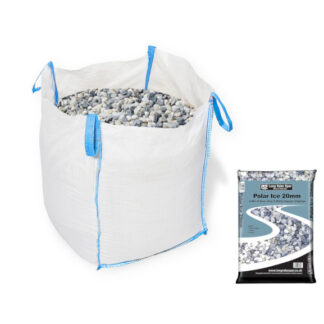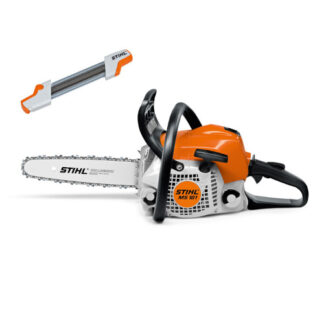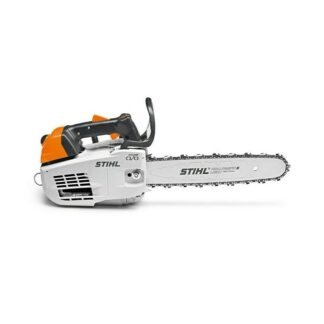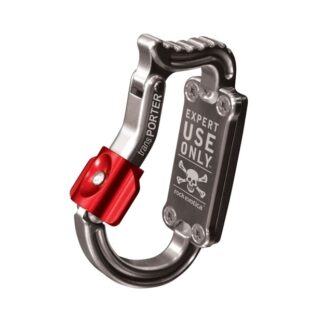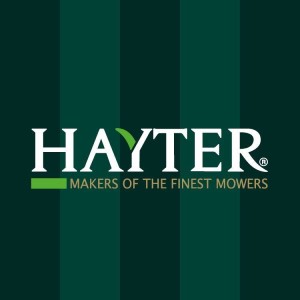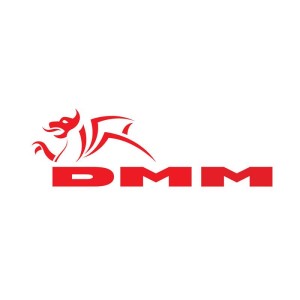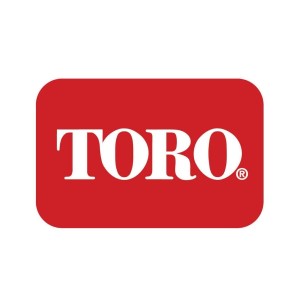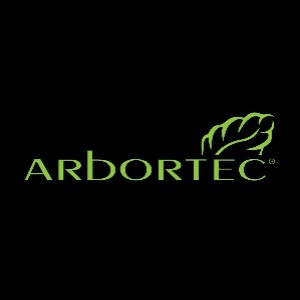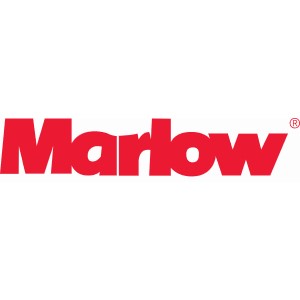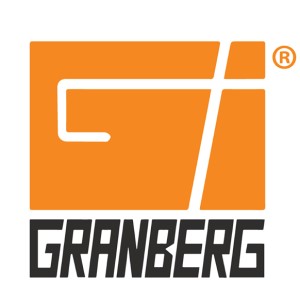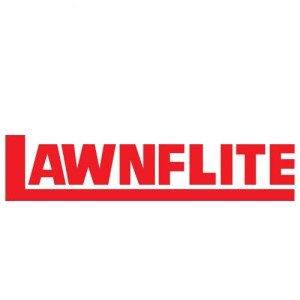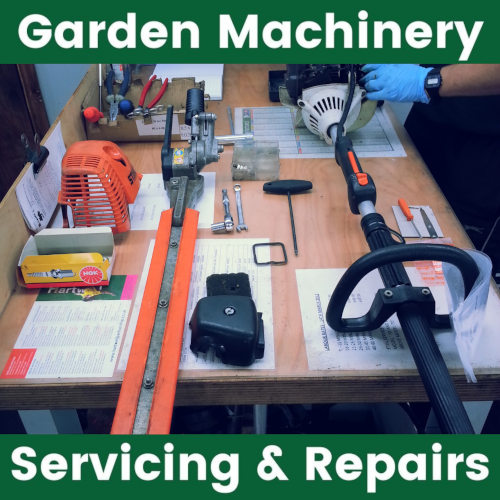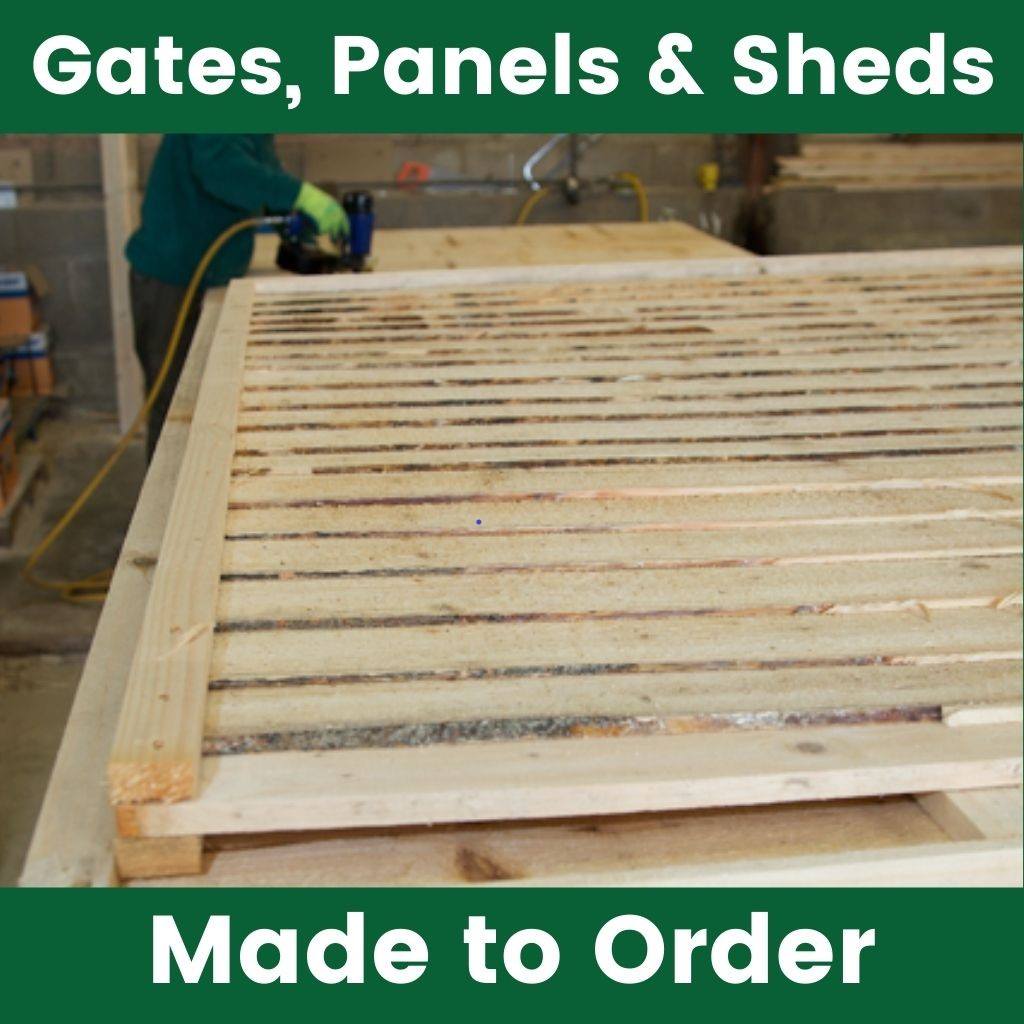
Softwood treated feather edge boards for closeboard fencing. 100mm wide is by far the most common size used in the Oxfordshire/Buckinghamshire area. Each board has been cut from quality softwood timber and pressure treated to protect the fence against rotting in the elements.
How many feather edge boards do I need?
Typically, for each 3m ‘bay’ of closeboard (the most common arris rail is 3m long) you would assume 40 feather edge boards. Or another way to look at it is having 4 boards for every foot of fence. This is assuming a 1-inch overlap, which is what we, and most of the fencing contactors who buy their materials from us, recommend.
How do I overlap and fix the feather edge boards?
To ensure the fence looks even when installing, it is worth having a ‘spacer’ at hand to make sure each board has the same overlap. This doesn’t have to be a fancy gadget or even something you need to buy. Simply nail or screw any 2 thin pieces of wood together in a t-shape or similar which can be used as a guide. Each time a board is nailed, slot the homemade guide against the edge of the last board, and have another piece of wood which has a 1-inch distance from the edge and butt the next board against it, before nailing in place.
What length feather edge do I need to buy?
The board will simply be the height of the fence, minus whatever the height of the gravel board is. For example, the most common size fence is approx’ 6ft (1.8m). In most cases a 6 inch (150mm) gravel board is used along the ground, so therefore 5ft 6 inch (1650mm) boards should be used.
- 3ft fence = 2ft 6 inch (750mm) feather edge
- 3ft 6 inch fence = 3ft (900mm) feather edge
- 4ft fence = 3ft 6 inch (1050mm) feather edge
- 4ft 6 inch fence = 4ft (1200mm) feather edge
- 5ft fence = 4ft 6 inch (1350mm) feather edge
- 5ft 6 inch fence = 5ft (1500mm) feather edge
- 6ft fence = 5ft 6 inch (1650mm) feather edge
- 6ft 6 inch fence = 6ft (1800mm) feather edge
- 7ft fence = 6ft 6 inch (1950mm) feather edge
- 7ft 6 inch fence = 7ft (2100mm) feather edge
- 8ft fence = 7ft 6 inch (2250) feather edge
*assuming a standard 6 inch (150mm) gravel board is being used.
Do I need to use gravel boards?
YES! A gravel Board is crucial when installing a closeboard fence. Because the bottom of the fence will generally be sat on the ground the timber can, over time begin to rot if it’s sat on wet soil or grass etc even though it’s pressure treated. A gravel board is a sacrificial element of the fence in this circumstance. It is far easier, not to mention cheaper to replace the gavel board along the bottom of the fence if it starts to rot, rather than all the feather edge boards.

